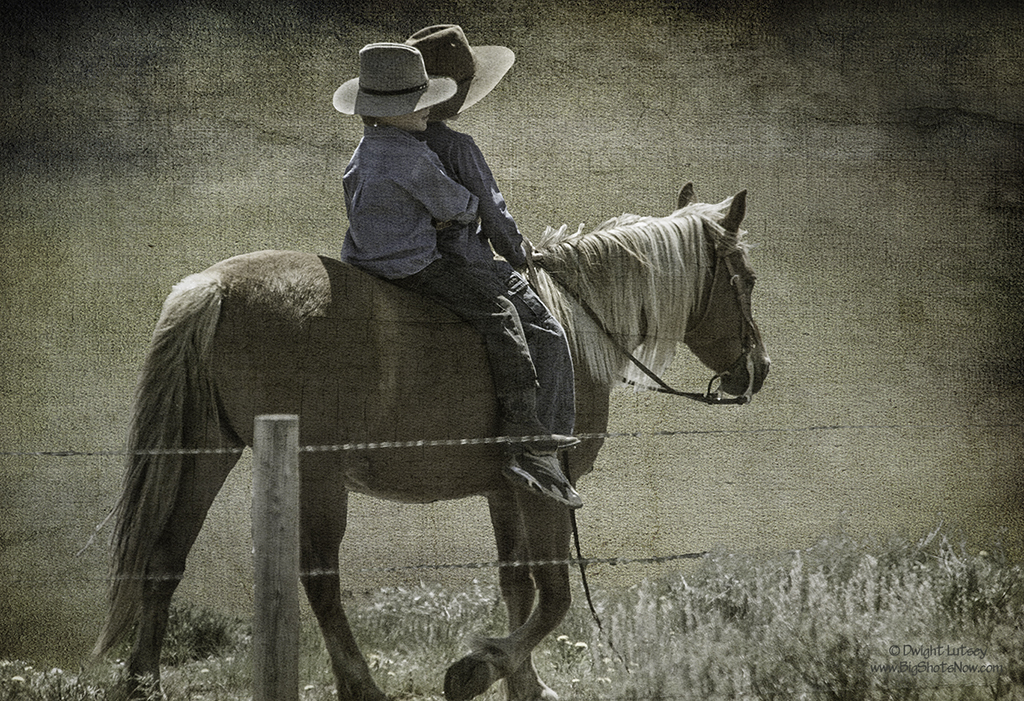
If you want to see fence go to Wyoming. They have some. Miles of it in fact, miles and miles and miles of it. It stretches from here, where you happen to be at the moment, to way the heck out there. Beyond however far you can see. If you have new glasses, or have just got your eyes done and think you have the eyesight of a young eagle, you still can’t see the end of it. Stand on top of your car, jump up real high, squint and still the fence goes on. Too put it simply there is a lot of fence in Wyoming.
Ok if you’re one to ask questions about fence and fencing in general, and I suspect you are, here are some answers.
Is fencing dangerous? Fencing in and of itself is not inherently dangerous, although it is terribly unforgiving of your desire to just turn left and drive off into the pasture land, willy nilly, as it were. One exception, most fencing is wire and it’s got pickily, stickery pieces with sharp pointy edges every 8″ along the entire length of it. This is known in the trade as Barb wire (Easterners say Barbed wire which clearly identifies them as tourists, dudes and tenderfeet) and is the primary fencing material used in the west and Wyoming. These are designed to tear your brand new $120.00 jeans if you try to sneak thru it by crawling over or under or trying to jump it and missing. So be warned of that.
Does fencing block off access? Fencing does block off access. This is both good and bad. Bad if you’re one to go out onto someone’s land and squat there. Build a house maybe, scatter old wrecked windshield-less cars from the 40’s around. Put up signs saying things like “The Jones Live here. No Trespassing.” Or “Beauty Acres, We Don’t rent Chickens.” The people who really own that land don’t like that. They don’t want you to do that, Hence the Fence. The good, because it keeps things like the above from happening.
Why do they have so much fence you might ask and can I go and see it? Yes you can go and see it. Just behave yourself. There is a lot of space in Wyoming. You can drive for what seems like days and not meet an oncoming vehicle. And people somewhat like you and I (but not us) own it, all of it. Even parts that don’t look like they’d be worth owning, someone does, and it isn’t you and me. This is neither good or bad it just is, deal with it. I don’t know about you but I don’t own one square inch of any fencible land in Wyoming. I’m betting you don’t either, unless of course you’re a bonafide Wyoming landowner, and if you are you already know all this stuff.
What’s the real reason they have fencing, not the bull you’ve been handing out so far? Ok, the real skinny on fencing and why it’s done can be answered in one word, Cows. Cows is the reason we have McDonalds. There are other restaurants too that are in the cow meat business because of cows and lets face it if you want to eat cow meat while you’re out driving around looking at fences, you have to go to McDonalds. Wyoming landowners have figured this out some time ago and taken advantage of this knowledge by buying up and owning the entire state of Wyoming and then fencing it.
Why do Wyoming landowners like fencing so much? Because. That’s it in a nutshell, because they want to and can.The fences keep one guys cows on his own place and doesn’t allow those cows to mingle or fraternize with the guy’s cows next to him. Each guy and/or girl feels very strongly about this. There’s been trouble about it, so like they say “good fences make good neighbors”. Because of this it is imperative that one’s fences are in good repair, not busted and laying on the ground so cows can leave and get all mixed up with someone else’s. To make certain of this the landowner employs cowboy type guys to inspect the fence regularly for damage. This is known as Riding Fence in western or Wyoming talk. The image above shows two young cowboy trainees riding along a fence to check its integrity and continuity. This is an important job and taken very seriously by all involved. If they find any discrepancies they will immediately race home and tell the landowner so it can be fixed. Good job boys. Thanks for helping all of us better understand fence and fencing.

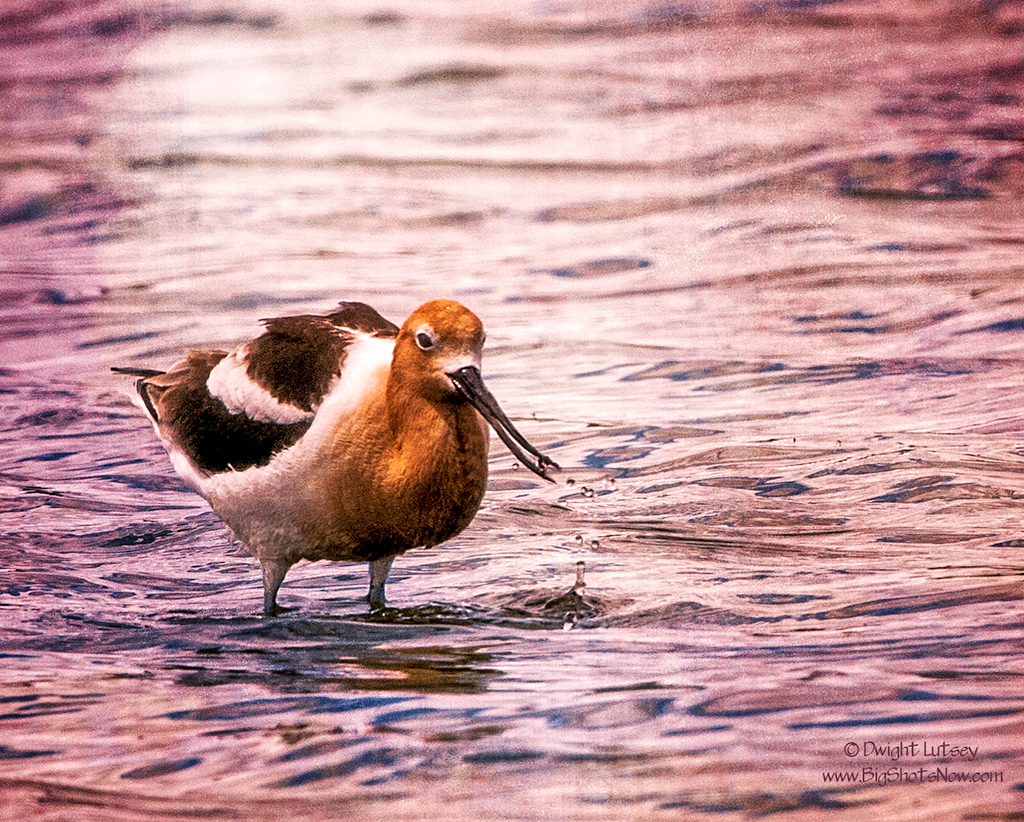
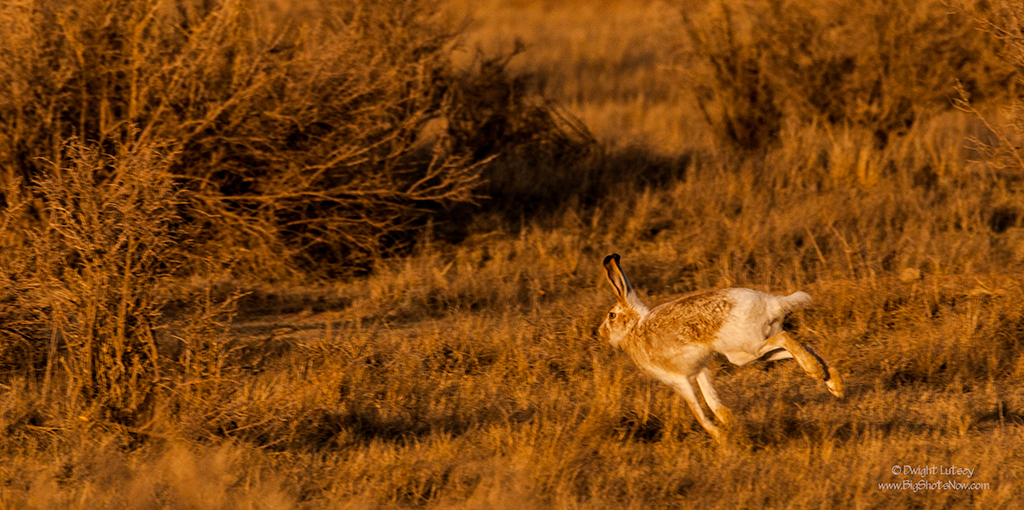
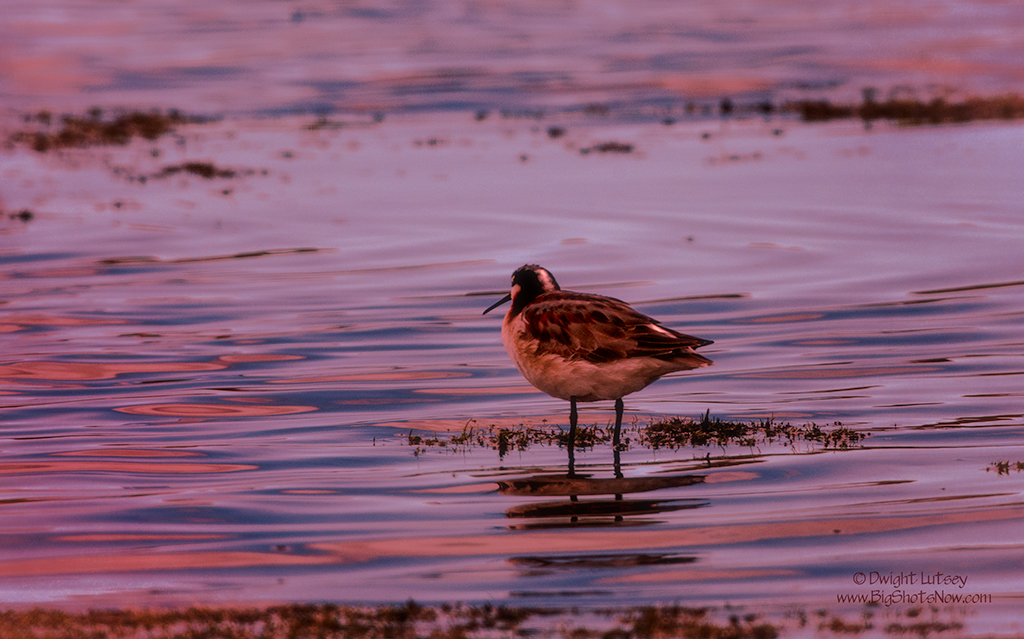
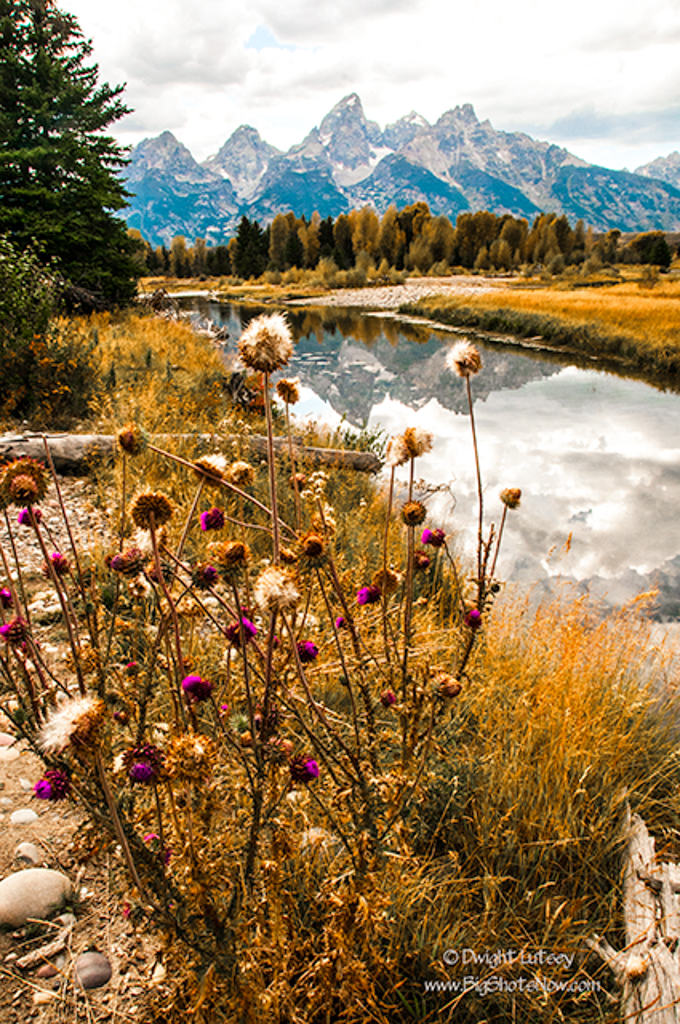
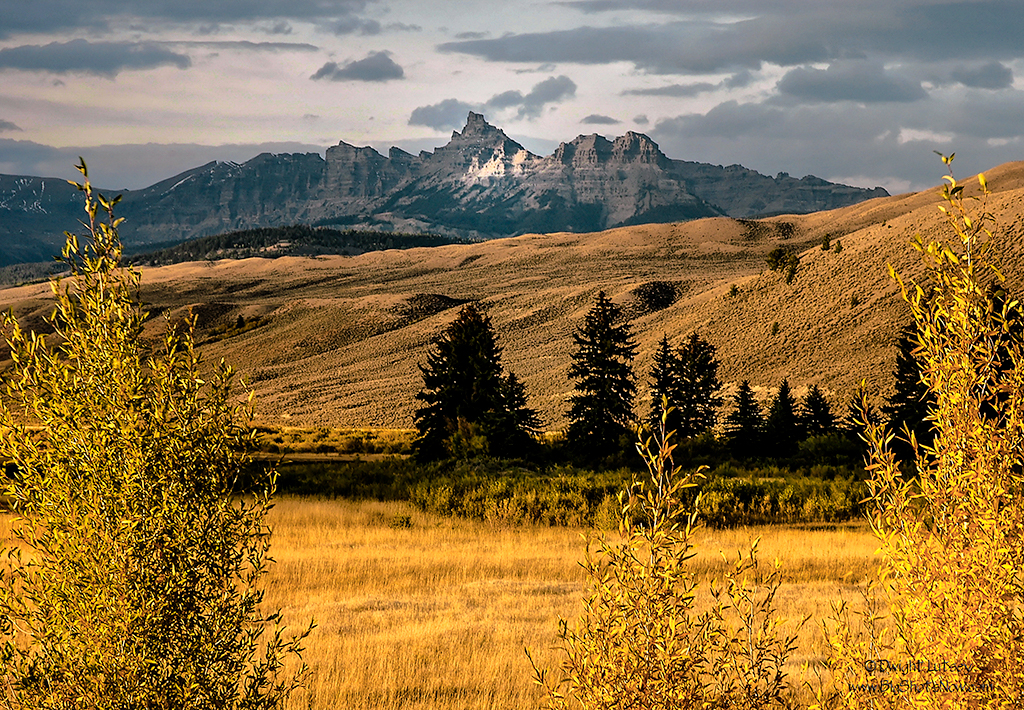
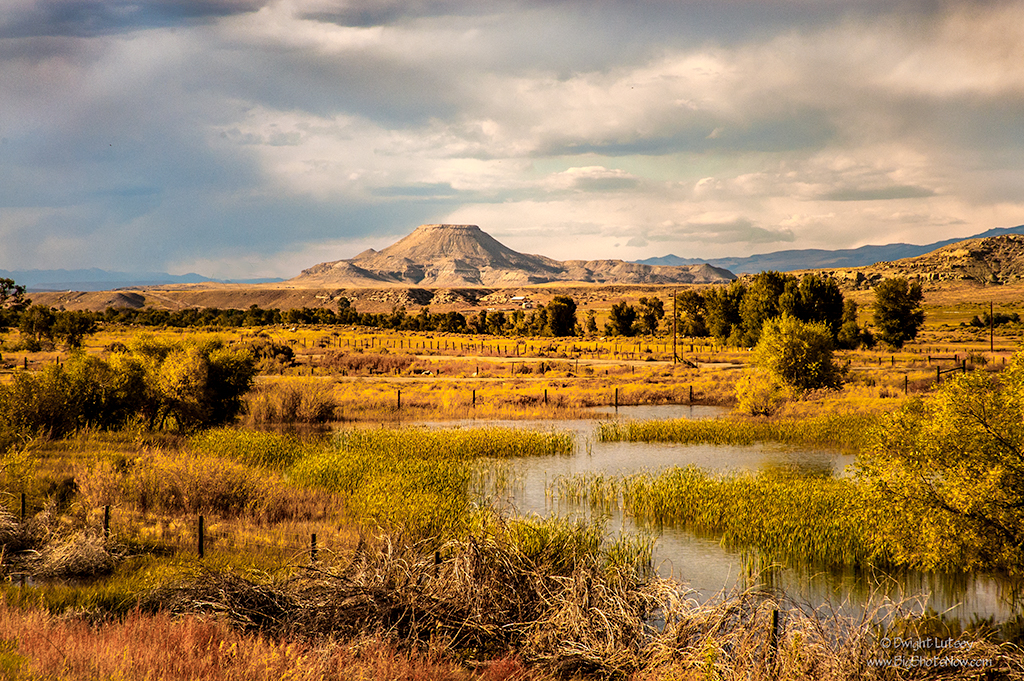
You must be logged in to post a comment.